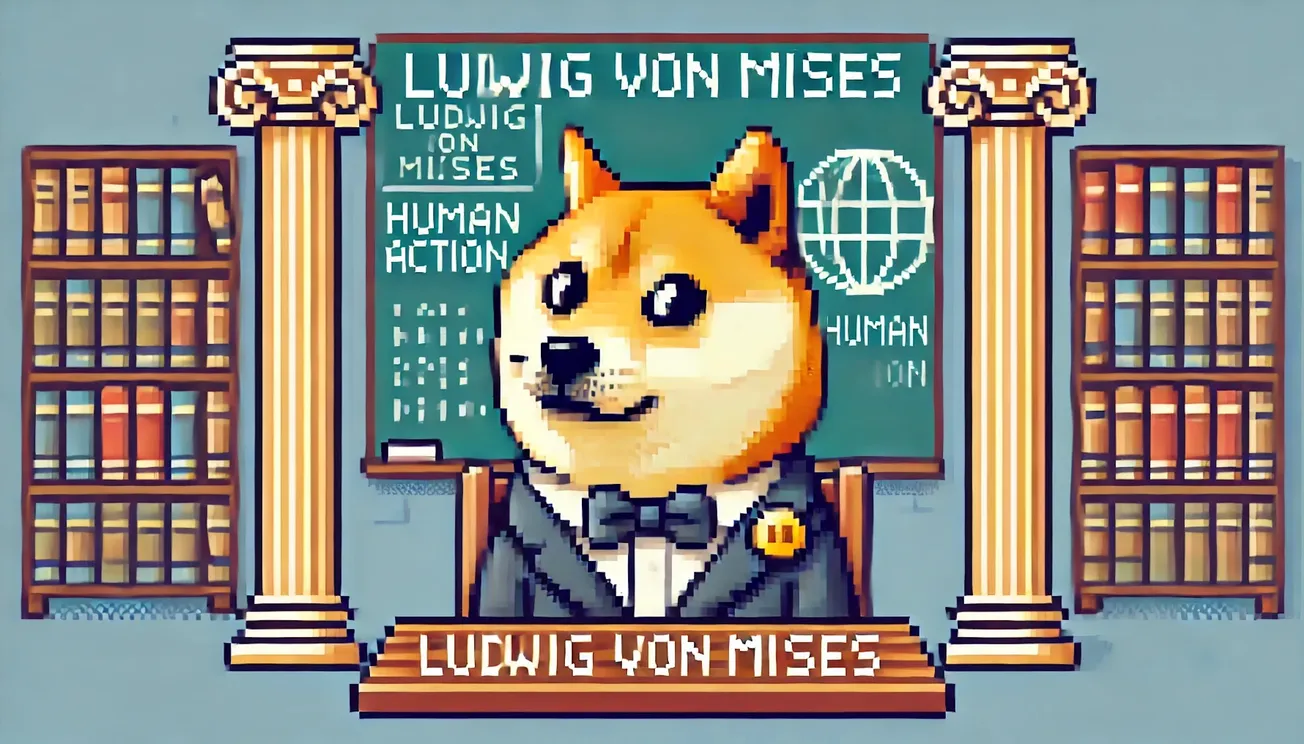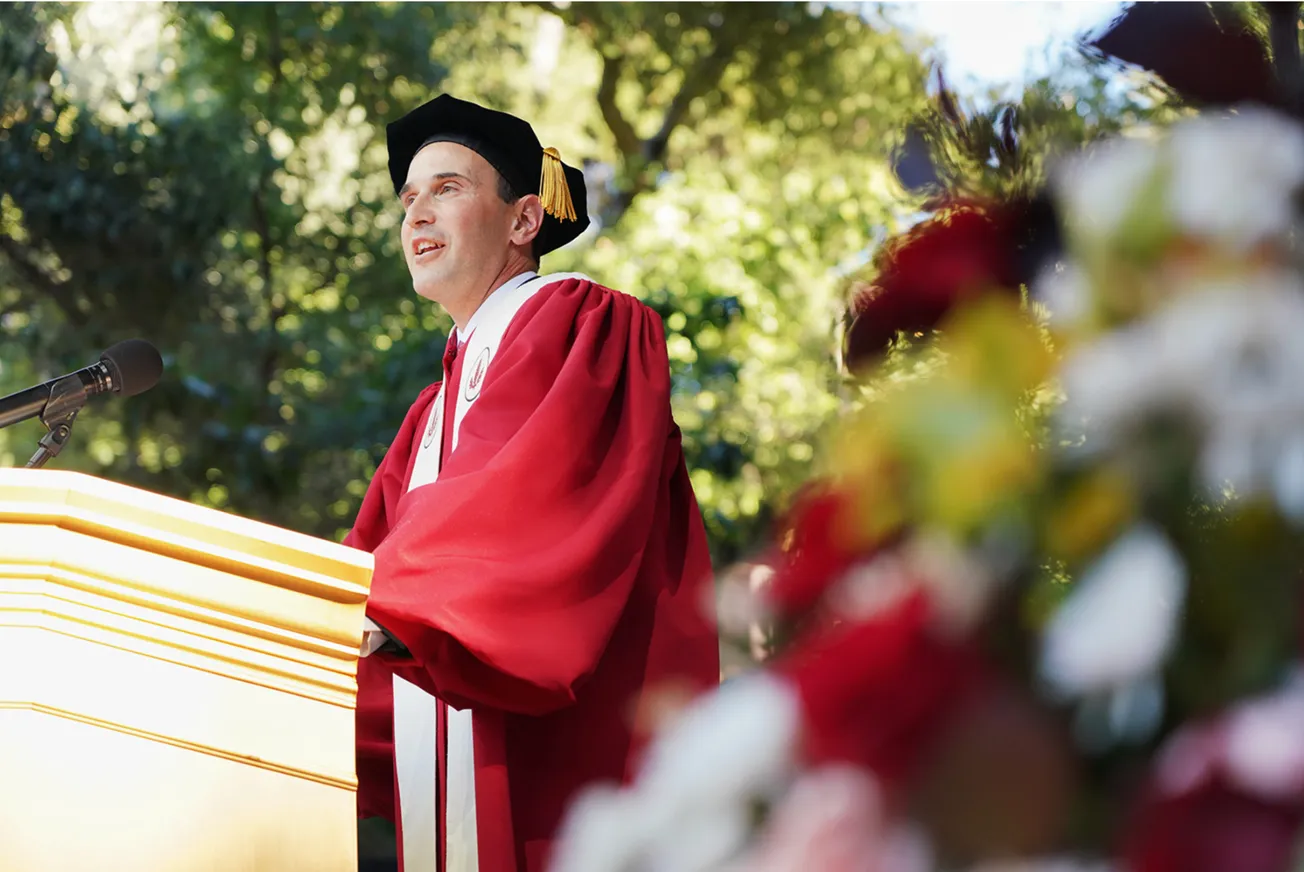Table of Contents
Last December, Elon Musk, with the help of Matt Taibbi, Lee Fang and several other journalists, began releasing a series of internal documents from Twitter’s operations during the 2020 election and pandemic. The documents confirmed what many conservatives already knew deep down: that Twitter was actively suppressing free speech on behalf of the federal government.
Matt Taibbi’s two latest “Twitter Files” drops revealed that Stanford played a direct role in this gross violation of online free speech. Emails revealed that the Stanford Internet Observatory (SIO) actively collaborated with Twitter to suppress information they knew was factually true. Taibbi’s investigation revealed that Stanford’s Virality Project “recommends that multiple platforms take action even against ‘stories of true vaccine side effects’ and ‘true posts which could fuel hesitancy.’”
The project succeeded in getting big tech companies to take down about 35% of the content they flagged. They reviewed content en masse from almost every major social media company: Twitter, Google, YouTube, Facebook, Instagram, Medium, TikTok, and Pinterest were all monitored by SIO. The questionable censorship decisions by the group all seemed to go in one direction—shutting down the now-vindicated Dr. Scott Atlas and Dr. Jay Bhattacharya, while taking direct guidance from Anthony Fauci about the supposed falsehood of the lab leak theory.
Snippets of the Stanford-related parts of Taibbi’s thread are below:
In short, the Stanford Internet Observatory’s Virality Project had countless people—mostly Stanford students—reporting millions of Twitter posts that didn't comply with their standards. Even posts that were factually true faced censorship if they didn’t conform to the subjective whims of SIO officials.
The evidence points to a para-governmental fusion of universities, social media companies, and the federal government, all working to censor free speech. We at the Review take Stanford’s actions to suppress speech very seriously. Stanford cannot be allowed to sweep this gross violation of fundamental freedoms under the rug. The University must answer for their actions.
Taibbi called the SIO-Twitter relationship, “the ultimate example of the absolute fusion of state, corporate, and civil society organizations” and dubbed it the “Censorship Industrial Complex.” Others refer to this phenomenon as “the cathedral.” With the rules of online discourse being nebulous at best, without a serious investigation into what happened at Stanford, it is doubtless that a sinister combination of universities, media and government can and will take advantage of the confusion and flippantly restrict speech again if given the chance.
It appears Stanford’s Virality Project took issues with anyone who was an enemy of the state’s, and more explicitly Fauci’s, narrative about the coronavirus and subsequent vaccines. Any posts that brought up the “lab leak” theory (now the primary COVID origin thesis), were dubbed by SIO as “keen to foment distrust in Fauci’s expert guidance and in American public health officials and institutions.” People who dared question the Fauci-manufactured ‘status quo’ narrative were censored. SIO even branded “reports of vaccinated individuals contracting Covid-19 anyway” and “natural immunity,” as troublesome violations of ‘disinformation’ policies.
If this is truly what the term ‘disinformation’ means, perhaps we should no longer define it in terms of what is and isn’t true. Instead when we hear the word we should think of it as anything that isn’t in the federal government’s formal narrative: thought crime. The Virality Project stated that because the post-vaccine death of a Virginia woman named Drene Keyes inspired “anti-vaccine” comments, it became a “disinformation” event. They warned against people “asking questions,” alleging it was a tactic “commonly used by spreaders of misinformation.” Doubting, or even just examining, the prevailing narratives on COVID got citizens repressed by a para-governmental entity.
However, this is not about Stanford’s attempt to combat falsity, misinformation, disinformation or whatever word you want to use to describe harmful lies. This is about Stanford suppressing free speech by preventing any views other than their own from being shared—even when they knew, by their own admission, that they were true. People did get sick from vaccine side-effects. Young and healthy people did die from myocarditis after being vaccinated.
The Stanford Internet Observatory and Project Virality wanted to cover that up—not because it wasn’t true… it was and they knew it. They covered up the truth because they wanted to preserve their narrative. The truth would “exacerbate distrust in Dr. Fauci,” too much for SIO. When given the choice between truth and Fauci, Stanford chose Fauci.
These projects operate with seemingly super-government authority, and yet, even in the cases of supposed NGO status, they undoubtedly find their way back to some government branch. Renee DiResta, through SIO, has done work with DARPA (the Department of Defense’s Research center) and Global Engagement Center (a state department “disinformation” research center).
During a Stanford Cyber Policy Center lecture in 2019, she was introduced by Alex Stamos as having worked for the CIA. Hailed as a warrior against Russian misinformation, it would appear that DiResta and Stanford are in fact working with the federal government to censor American citizens. Of course, in the style of a totalitarian, the SIO encouraged the targeting of specific individuals, not posts.
English rugby player and former Cambridge Captain Rod Bishop was flagged by a DiResta-adjacent project, Hamilton 68, for “Russian Influence” in one of the project’s more glaring blunders. “Nonsense,” he replied, “I’m supporting Ukraine.”
Nonetheless, projects like SIO’s project Virality are deeply insidious and set a dangerous precedent for the future of online discourse. Stanford’s hand in them and the extent to which they censored important, relevant and true information is deeply disappointing and troubling. When an extra-governmental institution acts with impunity against the First Amendment rights of Americans and suppresses information that resulted in the deaths of American citizens, one might expect a dark and shady underground alliance of evil to be behind it. In 2023, it seems all roads lead to Palo Alto.
With free speech on campus recently under attack at the law school, the university censoring faculty that wouldn’t go along with the lockdown narrative, and now their role in censorship on social media, it is fair to question if the winds of freedom still blow at Stanford. It is up to the University to take concrete steps to reassert that freedom of speech is a bedrock principle.








